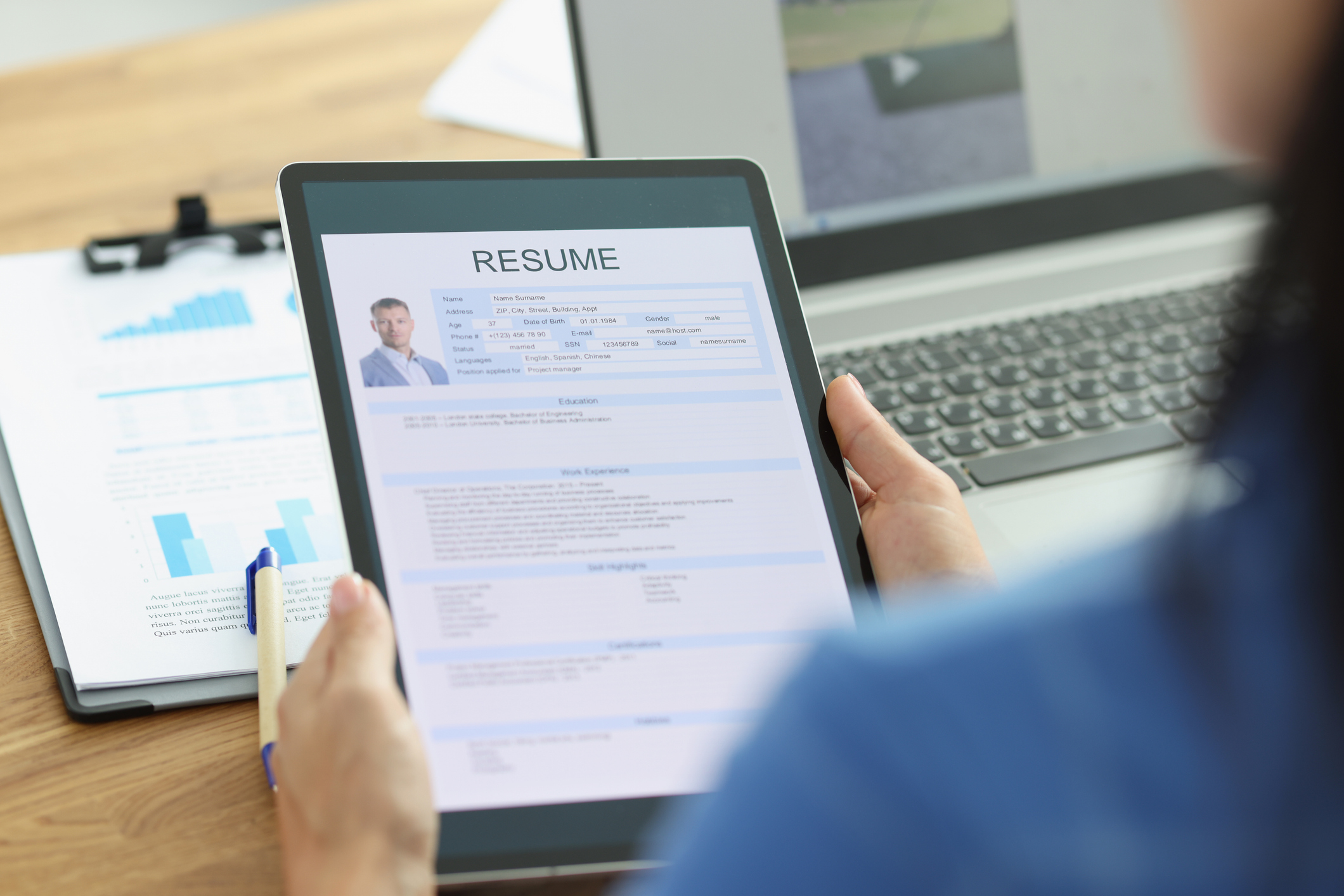AI can help organizations find skilled talent by reducing age-related hiring bias.
From higher retention rates to higher productivity, hiring older workers just makes good business sense. The question is, how can employers build more age-diverse workplaces efficiently and effectively?
Enter AI. About 70% of employers today use some form of artificial intelligence (AI) tools in their hiring process, and it’s no wonder why. AI tools are faster, more efficient and can potentially reduce age bias in the early stages of recruitment.
Let’s look at a few ways in which AI can make unbiased hiring easier and enable employers to benefit from an age-diverse workplace.
AI can write age-inclusive job descriptions
Ageist hiring practices may be embedded as early as the verbiage in a job description. Phrases such as “digital native” and “tech-savvy,” or slang terms like “IRL” and “FOMO” are so pervasive as to seem innocuous. But age-biased language in job ads is more harmful than it may seem on the surface.
A 2022 study out of the University of California, Irvine concluded that “job-ad language that deters older workers from applying for jobs can have roughly as large an impact on hiring of older workers as direct age discrimination in hiring.” In addition, the U.S. Equal Employment Opportunity Commission (EEOC) warns against coded language that implies an age preference.
AI tools can flag problematic wording, eliminate discriminatory language in job posts and job descriptions, and auto-generate inclusive verbiage.

AI can reduce bias in resume screening
Humans should always review resumes, but traditional resume screening methods—such as reading every resume and cover letter one at a time—are inefficient and yield inconsistent outcomes.
People are imperfect. They get tired and have personal preferences on anything and everything, from the way a resume is formatted to a preference for (or against) an applicant’s alma mater. Reviewers may inadvertently favor younger candidates or those with specific educational backgrounds.
AI-powered resume screening tools can assess applicants based on relevant skills, experience and achievements, rather than demographic factors. These tools use natural language processing (NLP) to analyze resumes and identify candidates who meet specific job requirements, ensuring a more equitable selection process.
AI can perform anonymized hiring
What difference do demographic factors such as gender make? When it comes to hiring, a big one, it turns out.
For example, a Yale study revealed that when evaluating candidates for police chief, human assessors favored men lacking college degrees over women with degrees, citing “street smarts” as crucial. Conversely, when the applicants’ genders were reversed, assessors favored men with degrees over women without, citing the significance of education.
AI tools can mitigate such biases by maintaining consistency and objectivity in decision-making processes. Anonymized or masked (aka “blind”) hiring platforms strip applicant information or indicators related to age, gender and ethnicity during the initial stages of recruitment, allowing recruiters to focus solely on qualifications and skills.
AI can level the interview playing field
A structured interview involves asking all candidates the same set of predetermined questions in a standardized order and evaluating them using a consistent scoring system. While all interviews are subject to human bias, structured interviews are nearly twice as effective as traditional interviews, significantly lowering the chances of making a costly—and biased—hiring decision.
But creating and conducting structured interviews takes time and training. AI-powered hiring platforms can draw from proven interview frameworks, saving the employer time and effort while providing a fairer interview for the candidate.
From recorded interviews, AI-generated transcripts provide an objective and standardized way to evaluate candidates’ responses without being influenced by non-job-relevant factors such as apparent age.
AI alone won’t solve age bias
For all of its benefits, AI is not without its flaws.
Some reports suggest that AI systems can inadvertently discriminate against older candidates based on flawed datasets and biased algorithms. Instances have also been documented where AI-powered recruitment tools have shown bias against older, Black and disabled applicants. Oversight is crucial to ensure that AI systems remain transparent, accountable and aligned with organizational values.
Humans should always be the final word in any hiring decision, but with AI as a copilot, employers can reap the rewards of a more age-diverse workplace.
Interested in this topic?
We recently posted another blog related to this topic: Gender Bias in AI: Challenges and Solutions
You can also view our Equity Summit 2023 discussion The Implications of AI for Older Workers

